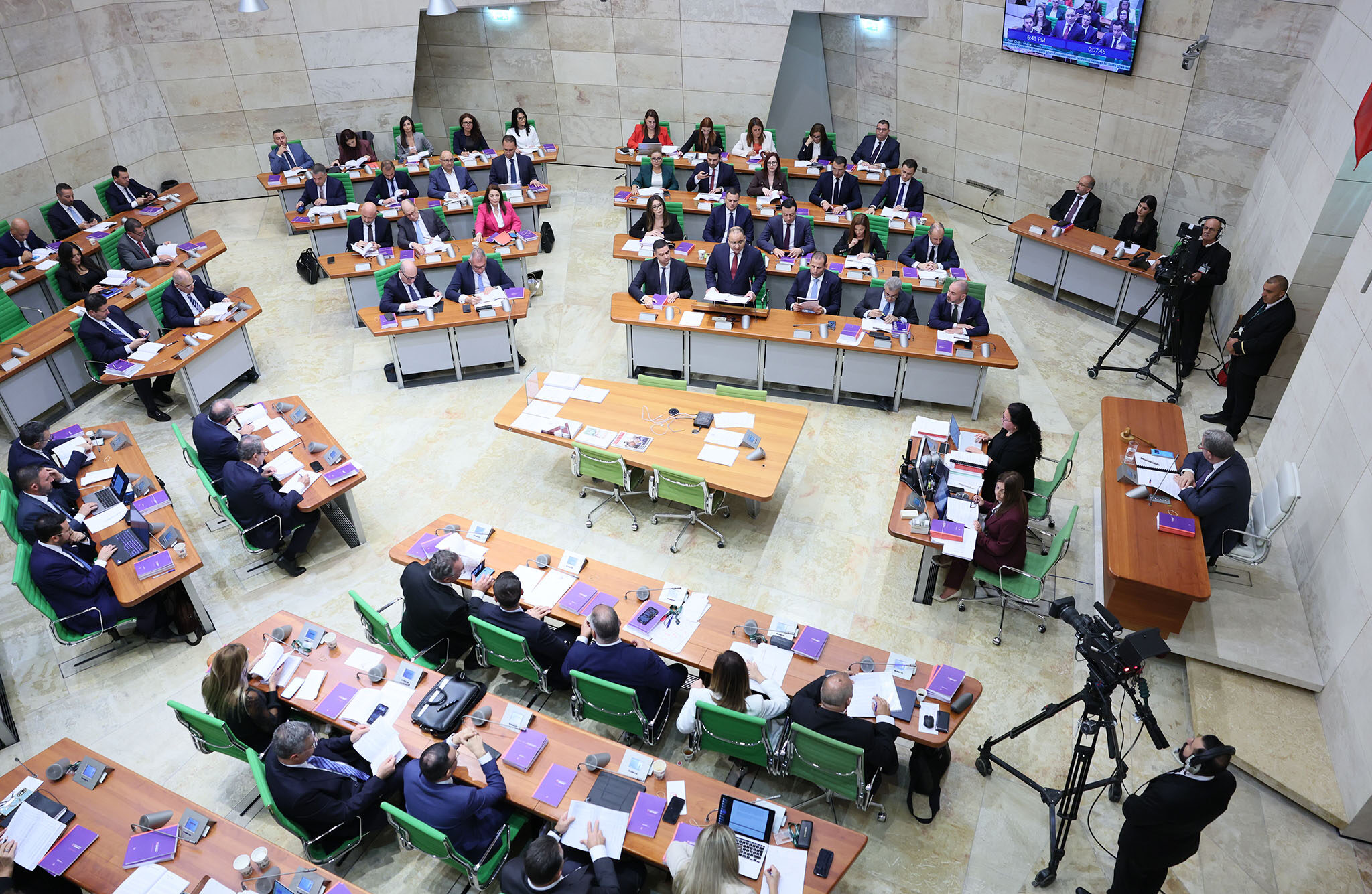Malta International Airport plc (MIA) has been publishing its quarterly financial statements for quite some time and more recently, this good initiative has also been replicated by three of the retail banks and only a few other companies whose equity is listed on the Malta Stock Exchange.
The publication of quarterly financial highlights and key developments is very important for the investing community to remain regularly informed on an ongoing basis on the status and business pipeline of various companies.
Earlier this week, MIA published its Q1 2025 financial statements and also its traffic results for the month of April. These important disclosures took place on the eve of the Annual General Meeting held yesterday thereby ensuring that shareholders have updated information on the current financial year although an AGM solely approves the historic financial statements apart from other customary resolutions.
With the March traffic results published in mid-April showing that the airport operator welcomed just under 1.8 million passengers during Q1 2025 representing growth of 14 per cent over the previous record in the first quarter of last year, it is not surprising that MIA’s financial performance in the three-month period ended 31 March 2025 showed double-digit growth. MIA confirmed that revenues during the first three months of 2025 amounted to €29.2 million (+13.7 per cent), profit before tax increased to €13.1 million (+15.5 per cent) and profit after tax amounted to €8.5 million (+16.4 per cent).
The company remains free of any borrowings with cash and other short-term investments rising from €65 million at the end of December 2024 to €70.8 million despite the ongoing investment programme.
More interestingly, earlier this week, MIA reported that during April 2025, passenger movements reached just under 900,000 which is 15.8 per cent above the comparable figure in April last year.
Although one has to take into consideration the impact of the increased passenger flow during the Easter period which took place in April this year as opposed to March last year, the extent of the surge in traffic in April is noteworthy. More importantly, during April 2025, seat capacity rose by 12.8 per cent when compared to last year and the seat load factor strengthened to 86 per cent. In the aviation industry, the end of March/beginning of April marks the start of the summer schedule which lasts until the end of October.
It is also noteworthy to highlight that, in April 2025, it was the first time that passenger movements at MIA surpassed the 800,000 level during the month of April. To place this into perspective, the level of passengers in April 2025 of just under 900,000 also exceeded the June figures seen last year indicating the strength of passenger flows once again this year.
The statistics published to date shows that passenger movements during the four-month period ended April 2025 amounted to 2.69 million, representing an increase of 14.6 per cent over the corresponding period last year. The level achieved in only four months is above the annual passenger throughput in 2003 and also in 2021 which was heavily impacted by the COVID-19 pandemic.
Although MIA reiterated its confidence this week that it can deliver its forecast of hosting 9.3 million passengers by the end of 2025.

(+3.7 per cent over 2024), given the very strong start to the year, the company should easily surpass this target assuming no extreme external event materialises in the coming months that will negatively impact international tourism flows.
In fact, if one tracks passenger movements on a 12-month rolling basis (i.e. from May 2024 to April 2025), this amounts to 9.3 million which is exactly in line with the guidance for 2025. As such, this implies that by simply maintaining the same level of passenger movements and without recording any growth in passengers during the next eight months, the company will indeed achieve this target.
However, an assumption of minor growth of a mere three per cent on a monthly basis during the May to December 2025 period, translates into a total of 9.5 million passengers in 2025. This would represent growth of six per cent from the 2024 level of just under 9 million passengers.
In recent years, the peak summer months of July, August and September accounted for more than 30 per cent of annual passenger traffic. As such, the traffic results being published in the coming months will provide a very clear indication of the extent by which the airport operator can exceed the guidance once again. In previous years, MIA upgraded their passenger and traffic results during the course of a financial year and this could also materialise during the upcoming summer period.
During the next few months, it would also be curious to monitor when the company can achieve another important milestone – that of over one million passenger movements during a month. MIA fell just short of this in August 2024 as 983,182 passengers were registered.
Despite the robust financial performance in the past two years and once again during the start of 2025, the share price of MIA continues to trade below the €6.00 level. While this remains a disappointment for the company’s shareholders, the resolution tabled in the agenda for yesterday’s AGM for a share buyback of up to 1,353,000 shares until the 2026 AGM should help to satisfy the evident share overhang on the market.
Read more of Mr Rizzo’s insights at Rizzo Farrugia (Stockbrokers).
The article contains public information only and is published solely for informational purposes. It should not be construed as a solicitation or an offer to buy or sell any securities or related financial instruments. No representation or warranty, either expressed or implied, is provided in relation to the accuracy, completeness or reliability of the information contained herein, nor is it intended to be a complete statement or summary of the securities, markets or developments referred to in this article. Rizzo, Farrugia & Co. (Stockbrokers) Ltd (“Rizzo Farrugia”) is under no obligation to update or keep current the information contained herein. Since the buying and selling of securities by any person is dependent on that person’s financial situation and an assessment of the suitability and appropriateness of the proposed transaction, no person should act upon any recommendation in this article without first obtaining investment advice. Rizzo Farrugia, its directors, the author of this article, other employees or clients may have or have had interests in the securities referred to herein and may at any time make purchases and/or sales in them as principal or agent. Furthermore, Rizzo Farrugia may have or have had a relationship with or may provide or has provided other services of a corporate nature to companies herein mentioned. Stock markets are volatile and subject to fluctuations which cannot be reasonably foreseen. Past performance is not necessarily indicative of future results. Foreign currency rates of exchange may adversely affect the value, price or income of any security mentioned in this article. Neither Rizzo Farrugia, nor any of its directors or employees accepts any liability for any loss or damage arising out of the use of all or any part of this article.
Business groups welcome Budget 2026 but urge focus on productivity, skills and governance
Reactions to the budget from various stakeholders have started rolling in
MedservRegis: Debt reduction plan in sight
MedservRegis plc’s new €25 million bond issue reflects a major financial recovery
Will the rally last?
This week marks the 3rd anniversary of the current bull market in US equities







